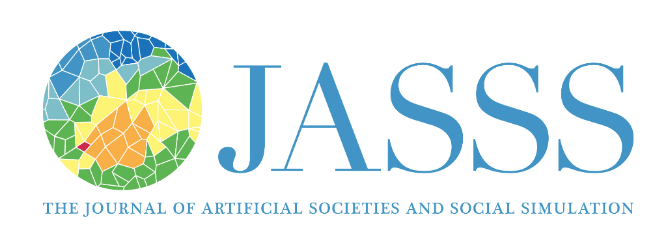Take home messages
Recommender systems that seek to solely maximize users’ engagement pose systemic risks for our societies:
- they necessarily lead to a polarization of the opinion landscape,
- they lead to a concentration of social power in the hands of the most toxic users
- they lead to an average +26% algorithmic negativity bias (cf. Toxic Data) i.e. an overexposure of users to negative content (up to 300% for some of them)
Advances on opinion dynamics modeling.
The calibration of model of opinion dynamics on real-world data (Twitter messages) show that :
- Influence between social media users, measured as the probability of retweeting a message, decays roughly exponentially as the difference of opinion increases, with some refinement revealing political strategies. This suggests that the tolerance of users relatively to distinct opinions is not a step function like in H-K models for example, but an exponentially decreasing one.
- The function for opinion fusion process that best fits the empirical data among the set of arithmetic and trigonometric functions when assuming an homogeneous functional form is the linear function, already widely used in the literature on opinion dynamics (Deffuant et al. 2000; Jager & Amblard 2005).


